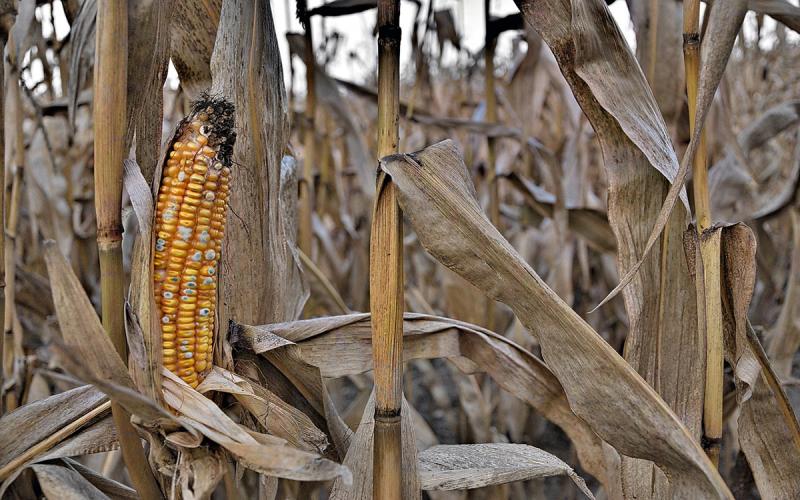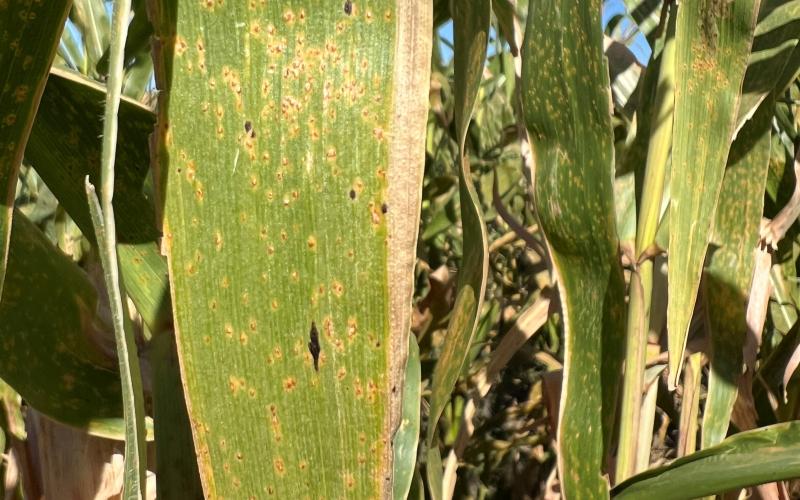Written with contributions by Emmanuel Byamukama, former SDSU Extension Plant Pathologist and Dalitso Yabwalo.
SUMMARY
The 2019 growing season was characterized by late planting due to waterlogging conditions in our fields, a scenario that most growers faced in SD. The corn field trials aimed at evaluating commercially available and new foliar fungicide products to manage various corn diseases. The research studies were located at Volga and Southeast Research Farms. Weather conditions at the two research farms are normally dissimilar, therefore, affect crop performance differently. As such, results between the two locations may vary and interpretation should be within the confines of the particular study and location.
While some of the products used in these studies were registered for use in SD at the time of the study, new chemical products were tested on strictly experimental purposes to compare their efficacies in controlling various fungal diseases of corn. In addition, some of the application protocols listed on the product labels were altered to test other possible application rates and times or both. Please note that results from these studies should not be regarded recommendations until the experiments are closed at which point new or alternative recommendations will be disseminated. Therefore, growers are urged to continue consulting product label and/or specialists in their locality for recommended product use.
Similar to previous seasons, disease pressure was low which made it difficult to detect significant statistical differences between treatments. Although yield and disease severity differences were not statistically significant, the numerical differences were large enough to influence growers’ decisions. Further research is needed to investigate efficacy of these products in varying environments between seasons.
ACKNOWLEDGEMENT
These studies were accomplished with assistance and collaborations from several programs in the Agronomy, Horticultural and Plant Science Department at SDSU that included Entomology, Volga and Southeast Research Farms.


